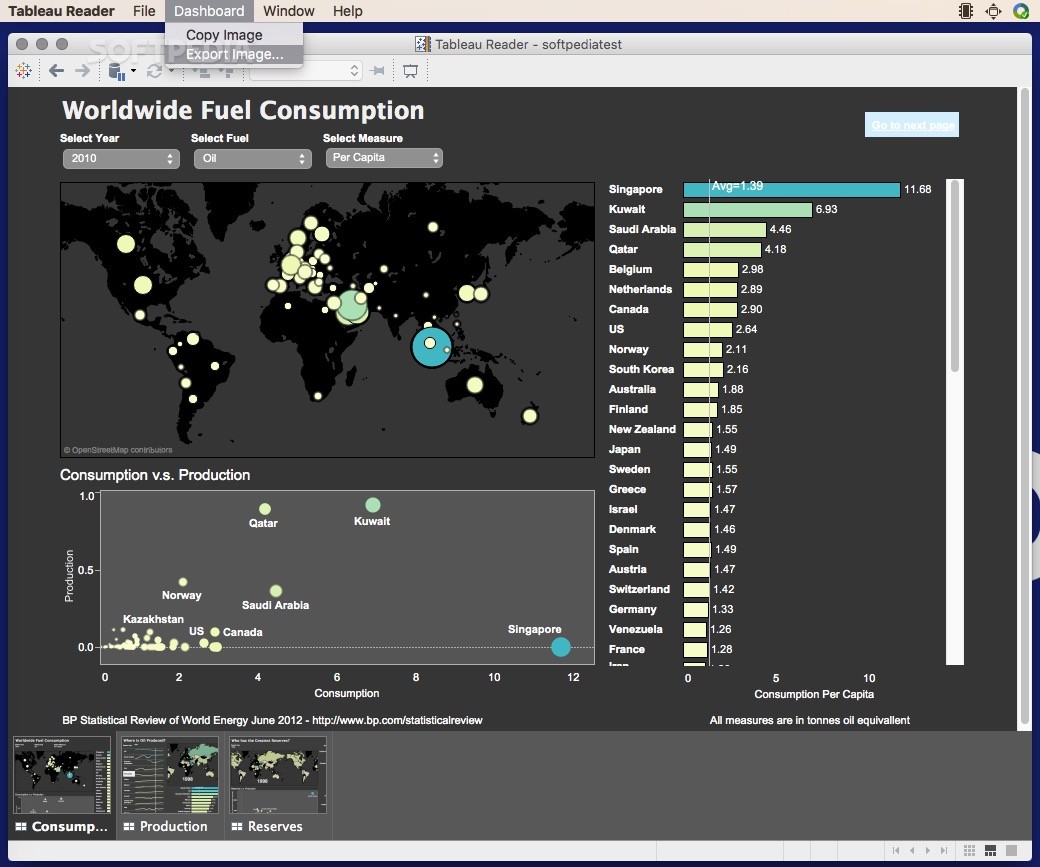
- Index.dat file reader mac how to#
- Index.dat file reader mac for mac#
- Index.dat file reader mac software#
- Index.dat file reader mac free#
These DAT files can be encoded in plain text format, while some DAT files are implemented with binary encoding specifications.
Index.dat file reader mac for mac#
These DAT files are generic data files that can also be opened using any Microsoft Windows text editing application or any text editor developed for Mac platforms.
Index.dat file reader mac software#
dat extension and can be authored, opened and edited using the associated Microsoft Windows application or the Mac software which was used to create the DAT file. I would focus on things that are cross-platform or open-source as that’s a typical pattern to shard data to directories that are named algorithmically (Apple does this in /private/var/folders) as well - but hides that away from where people expect properly curated files to exist.Files in the DAT format are appended with the. What’s clear, is it’s not a program that behaves at all like a mac program and puts application files where they belong in user or system libraries. (Type file and a space and then drag one or two of the curious file icons into the terminal window and press return)

Index.dat file reader mac free#
Open them in an editor or a great free program like BBEdit to look at them safely.
Index.dat file reader mac how to#

Some files are written even today so, is there a way to find out which Application is writing these files? Update: I don't know which Application is creating this… filesystem?. I'm cleaning up my mac and am not sure if I can delete this. Instead it contains an index.dat file and a lot of sub-folders that are serially numbered ( 00,01,…,0f,…,9f,…,a0,…,af,…,ff) and contain *.file files like "00b1bfebc0ceb054d7872956649e40b091ab9341.file". My User's Application folder does not contain the regular Applications' folders one might expect.


 0 kommentar(er)
0 kommentar(er)
